Dr. Ronald Chin’s Explanation of Types Of Hearing Loss
Dr. Ronald Chin’s Explanation of Types Of Hearing Loss There are mainly 3 kinds of hearing loss- conductive hearing loss, mixed hearing loss and sensorineural…
📧 info.familyent@gmail.com
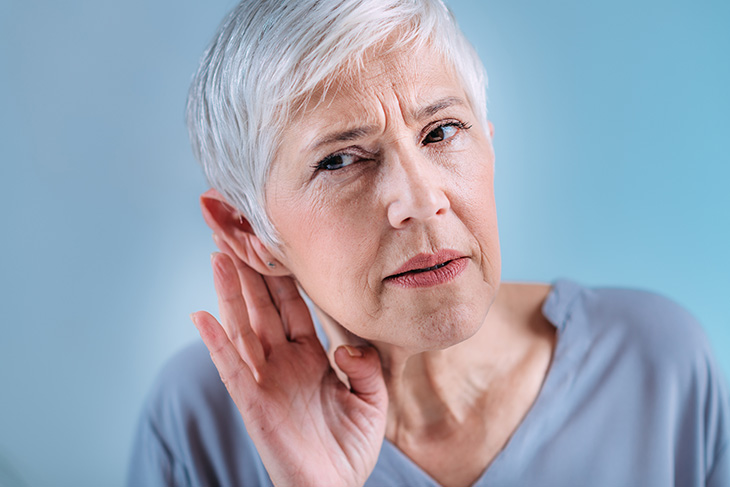
Dr. Ronald Chin’s Explanation of Types Of Hearing Loss There are mainly 3 kinds of hearing loss- conductive hearing loss, mixed hearing loss and sensorineural…
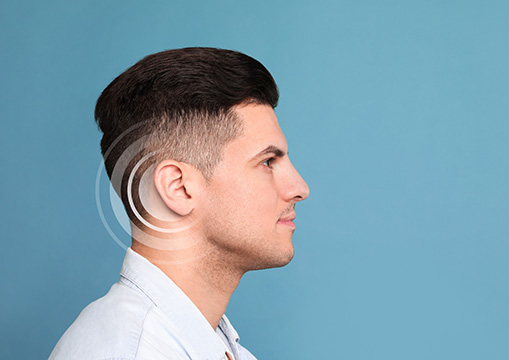
Dr. Ronald Chin’s Explanation Of The Physiology Of Hearing Hearing is a complex process where the ear converts vibrations into what our brain preserves as…
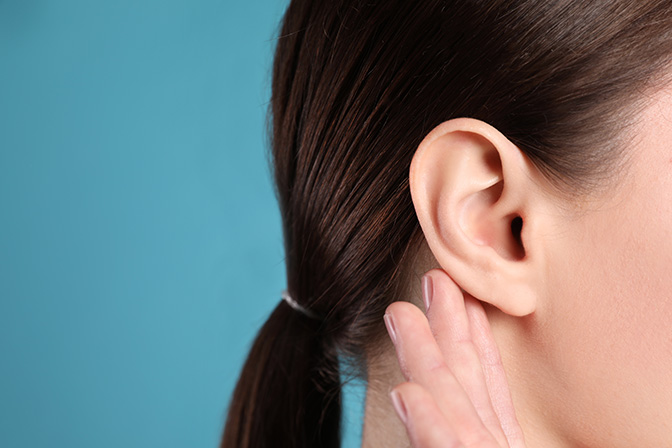
Dr. Ronald Chin’s Explanation Of The Anatomy Of The Ear The ear can be divided into three parts: the inner ear, the middle ear, and…

Otoscopy Examination Tips by Dr Ronald Chin First, when choosing a speculum for the examination, choose the largest one that fits comfortably in the patient’s…

Dr Ronald Chin’s Explanation of the Rinne Test First, we’ll strike a tuning fork to make it vibrate. Then, we’ll place it on a part…
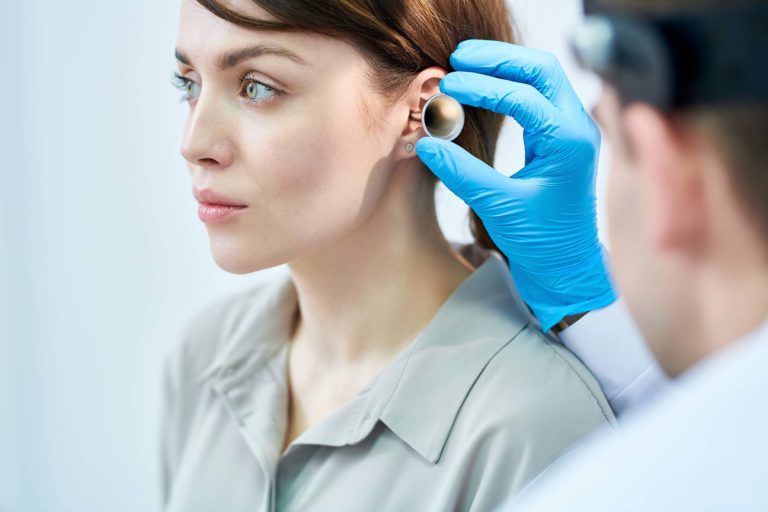
Dr Ronald Chin’s Explanation of the Weber Test You perform the Weber test by striking the tuning fork and gently pressing it against the centre…
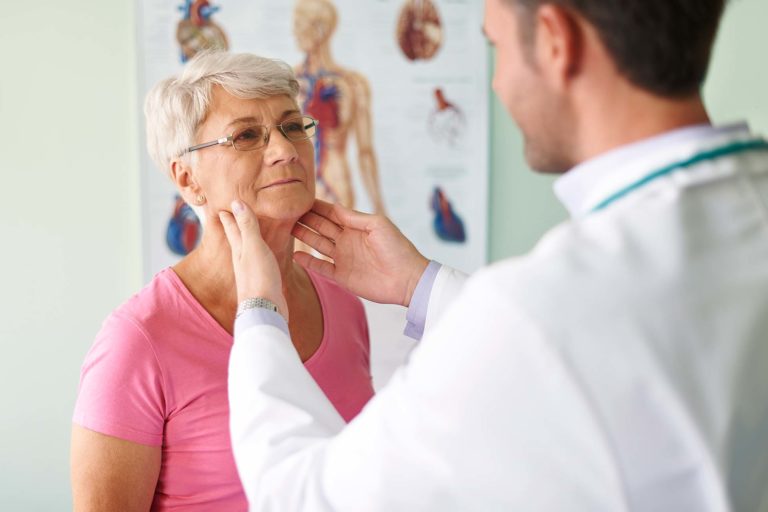
Dr Ronald Chin’s Take on the Examination of the Neck One should first examine the patient from the front for any apparent lumps, scars, skin…

The Effectiveness Of Chemotherapy And Targeted Therapy In Head And Neck Cancer Can Head And Neck Cancer Can Be Cured? Cancer is a devastating disease…

Ent Surgeons Childhood is a time of immense growth and development. It marks the transition from infancy to adulthood, with many challenges that require specialized…
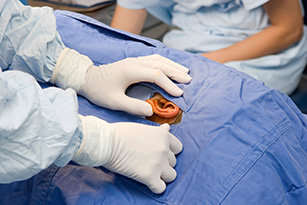
Can Your Hearing Loss Be Corrected with Surgery? The ear can act weird sometimes, whether it’s because of blockages, infections, or congenital reasons is totally…
End of content
End of content